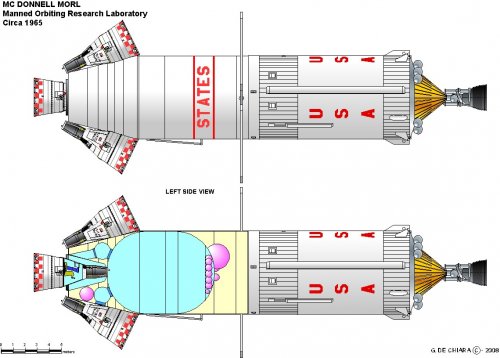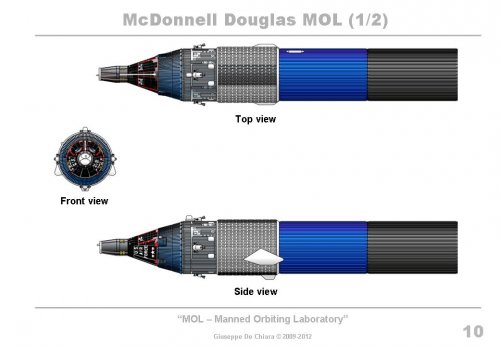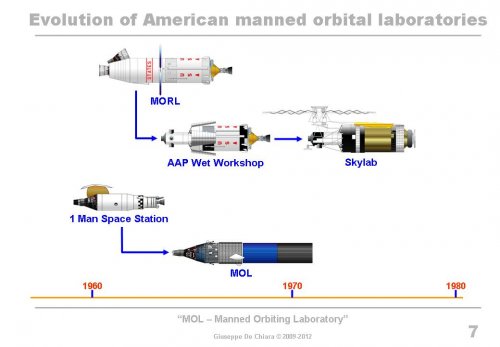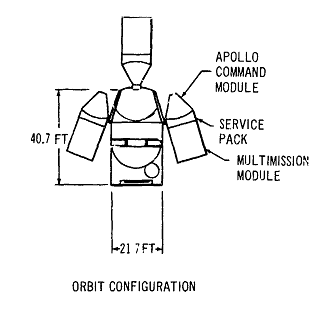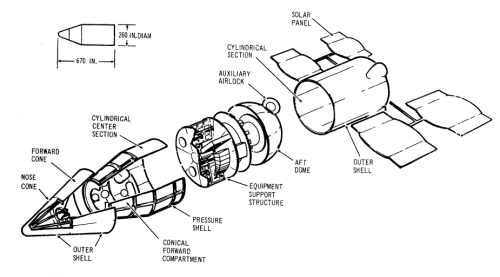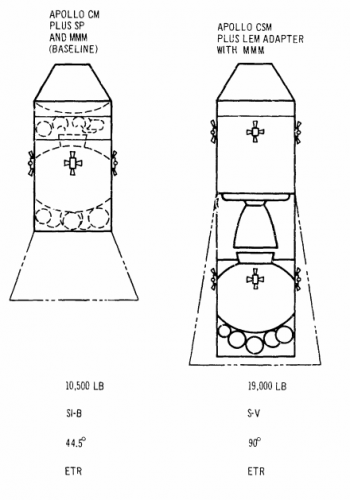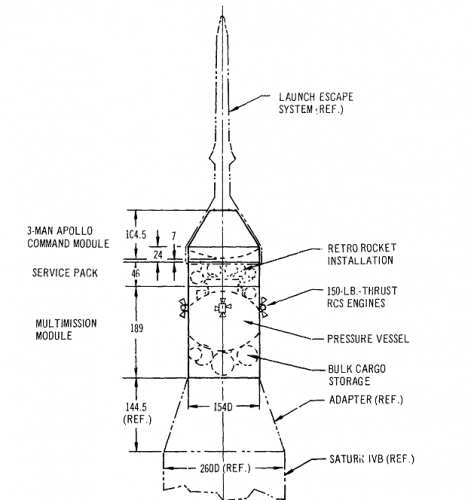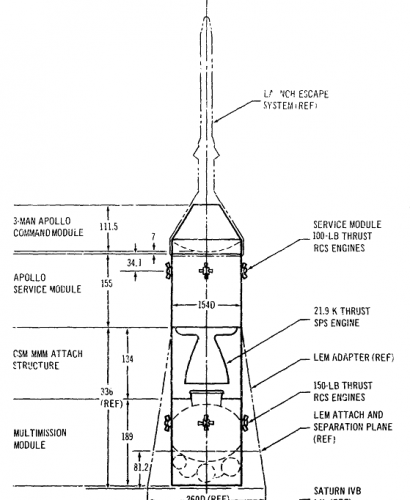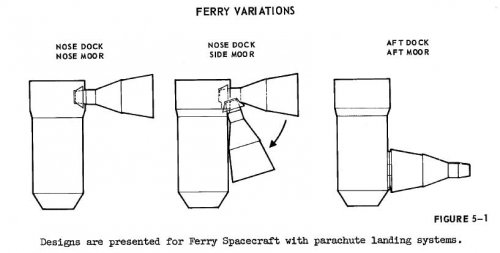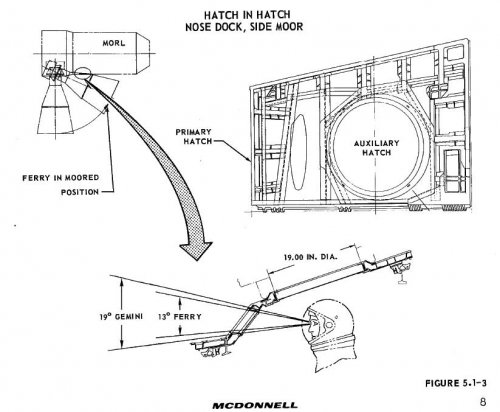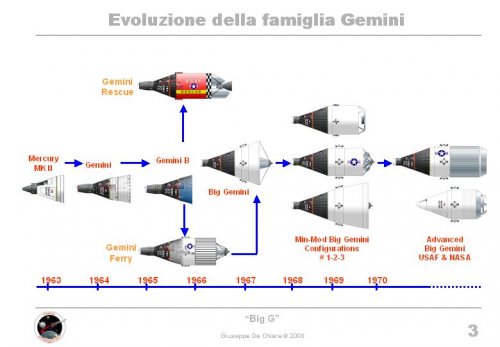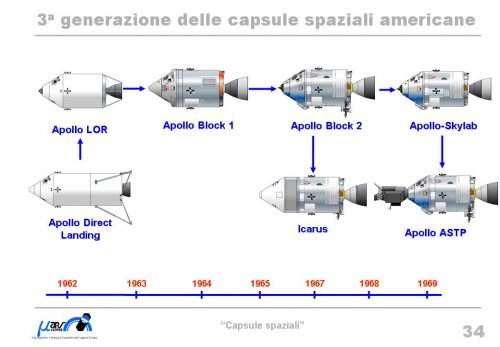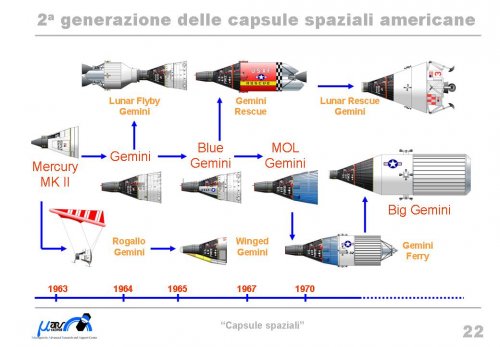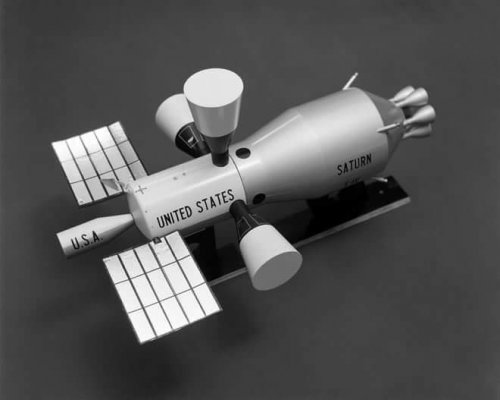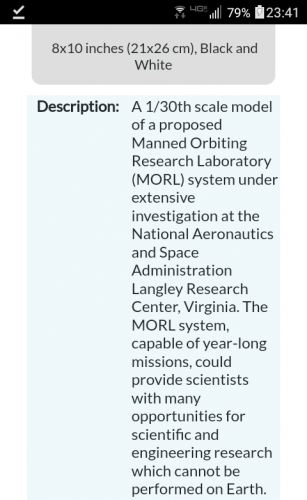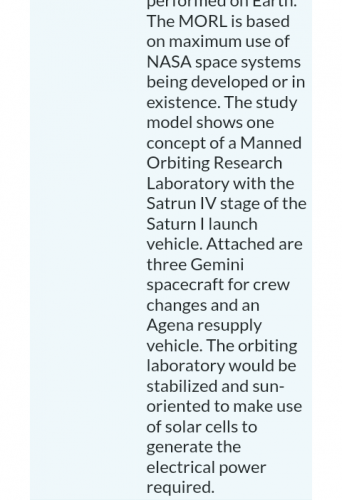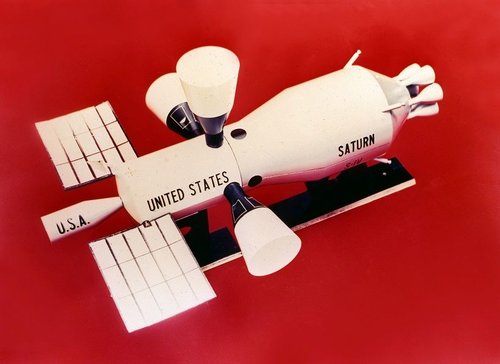blackstar said:
But in order to get Gemini to do any other mission it needed entirely new equipment, like a new instrument bay. No room for growth in the basic design because it was too small.
It is entirely true, but a highly segmented design (like Gemini and Soyuz) allows to modify only the part that is needed to modify leaving the rest as it is.
It is one of the key element into the "modular design". If a capsule design encompasses more modules it is possible to have two different benefits (as side effect):
- it is possible to decrease dramatically the re-entry mass/volume (as for Soyuz for instance)
- it is possible to change the mission profile/objectives/performances without re-design the whole spacecraft
(like Soyuz or Shenzhou, you can have several different orbital modules without touching both re-entry and service modules as well).
This was the case for the McDonnell Gemini that incorporated a "modular design approach", this wasn't the case for the North American Aviation Apollo CSM that was designed with an "integrated design approach".
I'm not absolutely saying that Apollo was a mistake, Apollo was simply "tailored" to accomplish its main (and sole) mission, no comprise at all, performances was the main design parameter.
And it worked greatly (except for the ill-fated Apollo 13).
But it wasn't cheap, it was designed to accomplish the Moon goal and in age of NASA wealthness. This was not the case for Gemini that intended by since as "a bridge" it should accomplish multiple targets and at the lower price at possible.
If Apollo had some growth potential and it would come for cheap why NASA should start a brand new programme as Shuttle? Apart from military reasons (and they came later into the Shuttle decision/design process) why not expand or extent the Apollo CSM capability with a Block III or IV (even considering that still existed an AAP in place)?

